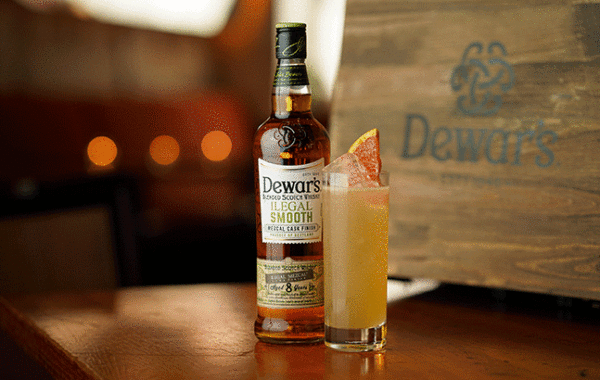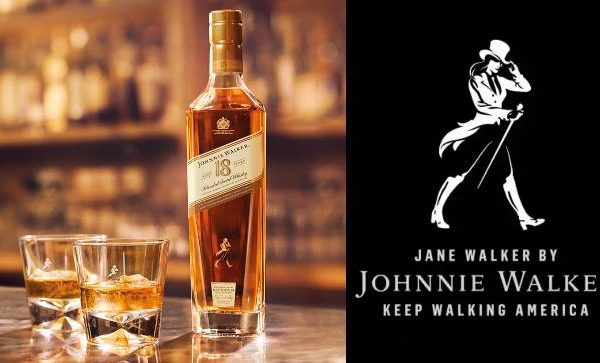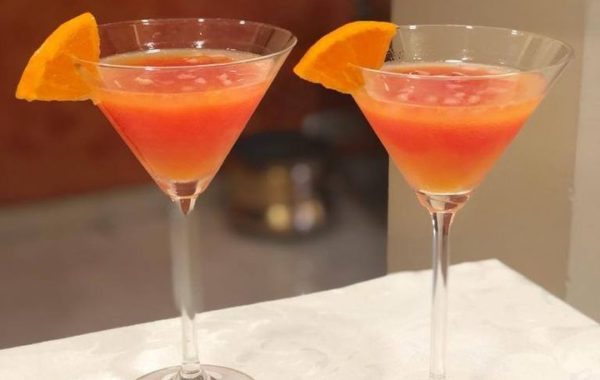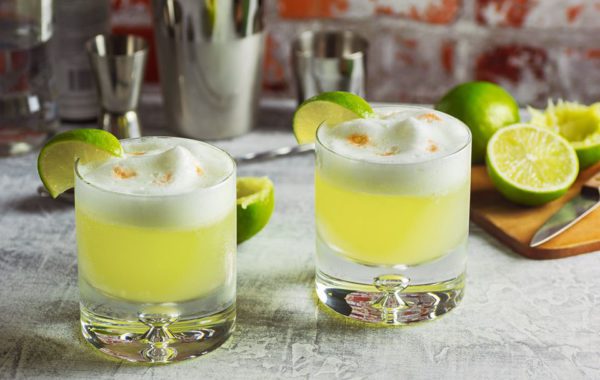“Too much of anything is bad but too much good whiskey is barely enough”. So a few years back, when I left for a tour of Scotland’s single malt distilleries, I knew I’d return a whisky lover. My favorite journeys are those that have led me to unpack a culture through its food and drink. I came to love the subtle flavors of Italian food in Naples. Passing through Nice and Monaco in the South of France, I became a wine convert from a beer drinker. In Edinburgh’s pubs—where regular conversation can turn into a discourse on the drinker’s favorite whisky—I realized what Mark Twain meant when he said.
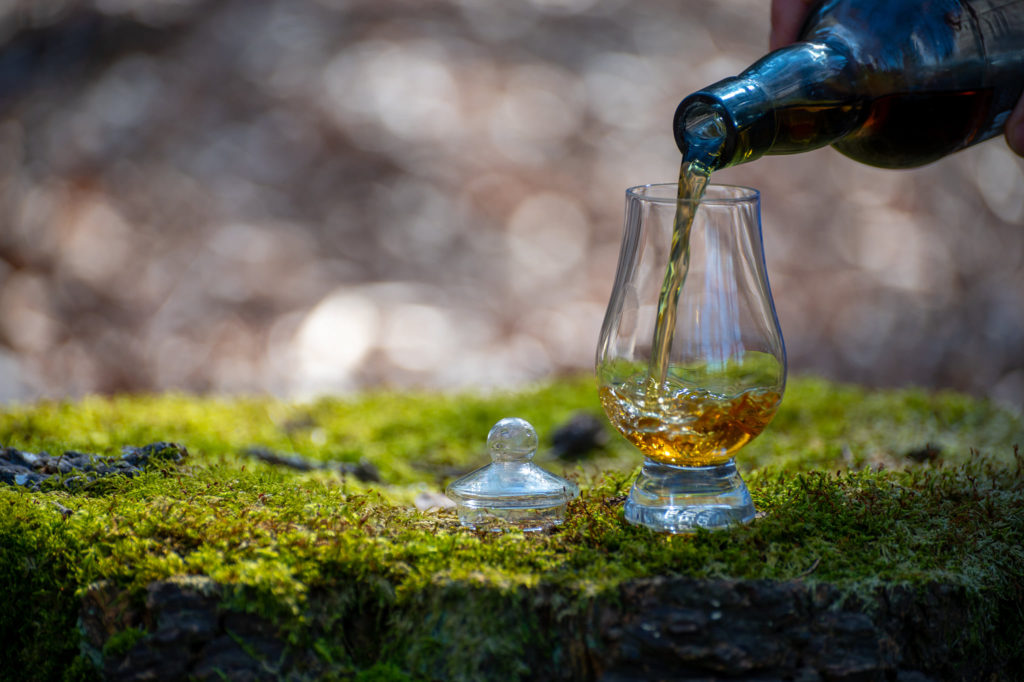
Welcome To The World of Malt Whiskey – Literally
Speyside, or Strathspey, the area around the strath of Spey river, has the greatest concentration of malt distilleries in the world. So, in a sense, it is like a pilgrimage for scotch devotees. The whisky produced here is included in the world’s bestselling single malts and blends. We wanted to imbibe as much history as we could, so we spent the next few days driving around the region.
Our first lessons
We start our journey at Strathisla, established in 1786 and the oldest, working distillery in Scotland today. Named after the River Isla that runs past Chivas’s Victorian mansion Linn House nearby (where we stayed during our whiskey trail), it is here that we learn our first facts of this world of whiskeys.

Our conductor tells us that every type of whisky uses the same basic ingredients: barley, yeast, and water. But it is the balance and the mixture of the two that determines the taste and flavor of the final product. In the case of malt whisky, ground malted barley is mixed with hot water in a mash tun (a brewhouse vessel used for mixing ground malt with temperature-controlled water) until it turns into a sugary liquid which is then cooled and pumped into washbacks, where yeast is added for fermentation. The wash is then distilled into two sets of pot stills (a type of distillation apparatus used to distill flavored liquors such as whiskey or cognac). Only the center cut of the second distillation is collected in a spirit receiver – when the spirit is colorless but potent—and then filled in casks for maturing.
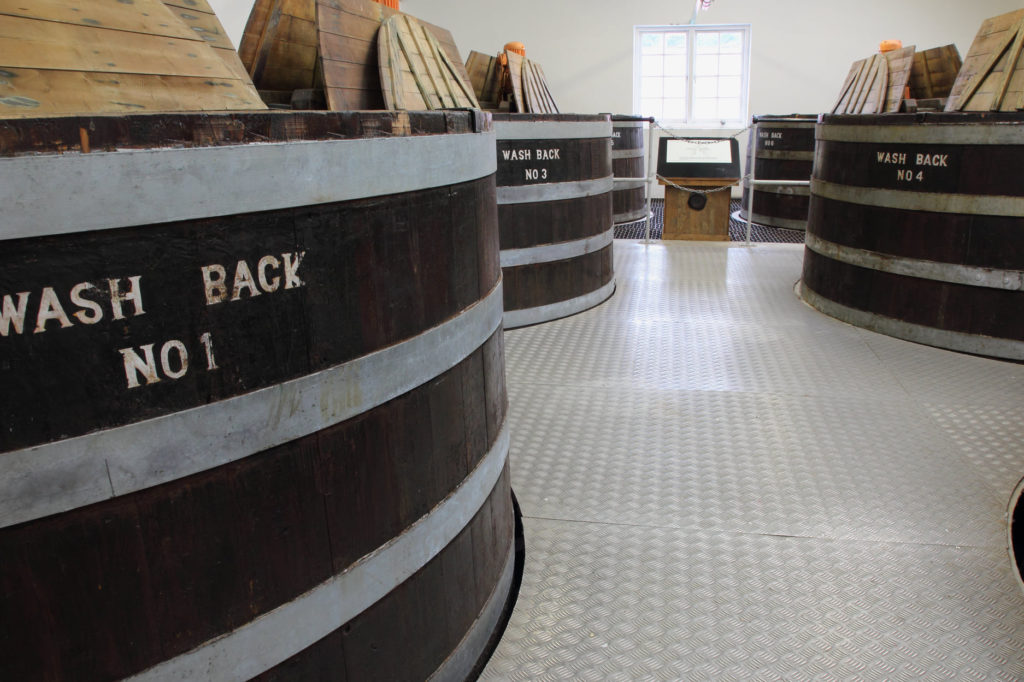
Of casks, colors, and flavors
However, in the case of Scotch whisky, every drop has to have matured for at least three years in an oak barrel in Scotland. So the makers tweak flavors by experimenting with different cask finishes. The whisky gets a dark color, fruitiness, spiciness, nuttiness, from a Sherry cask while from an American oak cask, it gets a golden color, vanilla sweetness, and a dry oakiness. The longer it stays in the cask, the more intense the flavor.

Is it a whiskey or a perfume?
Next, we enter the Royal Salute Vault of Strathisla distillery where the Chivas Brothers store highly aged and most precious whiskeys. We are handed a small sample of liquid gold, of 5-38 years vintage. We are first asked to feel the whisky through your olfactory senses: Just like perfume, whisky aromas range from intense fruitiness and spicy notes to floral accents and oaky, sherry, and vanilla highlights. The 38-year-old Royal Salute named Stone of Destiny reminds me of the decadent Christmas pudding – emitting flavors that are rich, treacly, dense, and powerful. Suddenly, we are feeling hungry, and thirsty!

Having visited two distilleries in less than 12 hours, while we are still sober, we head back to Linn House Library (that’s stocked up with more whiskey than with books). The Linn House is a mansion straight out of the Victorian Era with walls embossed in pastoral painting, giant chandeliers, enormous stained glass windows, and antique furniture. At the back of the house is the Shed, with a bar, pool table, and jukebox where we spend the rest of the evening bonding over delectable food and wine (no eye rolls please, we just decided to take a break from whiskey).
In the presence of a legend
The next day we are headed to the Glenlivet distillery which has a reputation unrivaled by any other, where you not only discover the turbulent history of the whiskey smugglers but also probe into the enigmatic world of distilling and sample the single malt that started it all.

At the lab at Glenburgie, we are asked to recreate the taste of Ballantine’s Finest. With over 40 whiskies in Ballantine’s Finest it is almost impossible to become a whiskey maker overnight, but we relish what our version tastes like—smoky, a hint of sherry. What thrills me most (apart from the breathtaking panoramic views from the Glenlivet distillery) is the experience of the interplay of our sense organs. There is an infinite spectrum of whiskey aromas and just as you wonder what does smell has to do with tasting, you learn that 90% of what you can taste comes from the smell. Being the most complex of the senses, smell allows you to recognize in the region 35000 different aromas which compared to taste only helps you detect sweet, salty, sour, and bitter.

Bagpipes, Kilts, and a Scottish feast
On our final night at Linn House, situated by the banks of the River Isla, we had a Scottish feast. The men in the group wore kilts, and we were served the haggis with a traditional ceremony. The dish is “piped” into the dining room on a silver tray by the chef, led by a group playing the bagpipes.

This is followed by an address to the haggis, where a guest reads out a poem in its honor. Partway through the verse, he takes out his cleaned dirk (dagger) to cut into the haggis. The rest of the guests are required to raise a toast to the haggis, after which everyone can eat.

What to See Apart from Distilleries:
The Speyside region has proved an ideal location for distilleries. Its coastal plains grow barley, its rivers and springs feed distilleries, and the highlands provide peat. While whisky tours are popular, there are many other interesting things to see and do (popular with whiskey enthusiasts and teetotalers alike). There are several castles to be explored in the region, including the majestic 16th-century structure, Ballindalloch Castle, and Balvenie Castle in Dufftown, dating back to the 12th century. Visitors also swing by Dufftown’s Mortlach Church, dedicated to St Moulag, the patron of a Celtic monastery nearby. Tourists have the opportunity to go on several walking trails, or visit the dolphin- and porpoise-watching at the Whale and Dolphin Conservation Society Wildlife Centre at Moray Firth, or simply explore the numerous cafes and restaurants in the region, from fine dining to rustic bites.
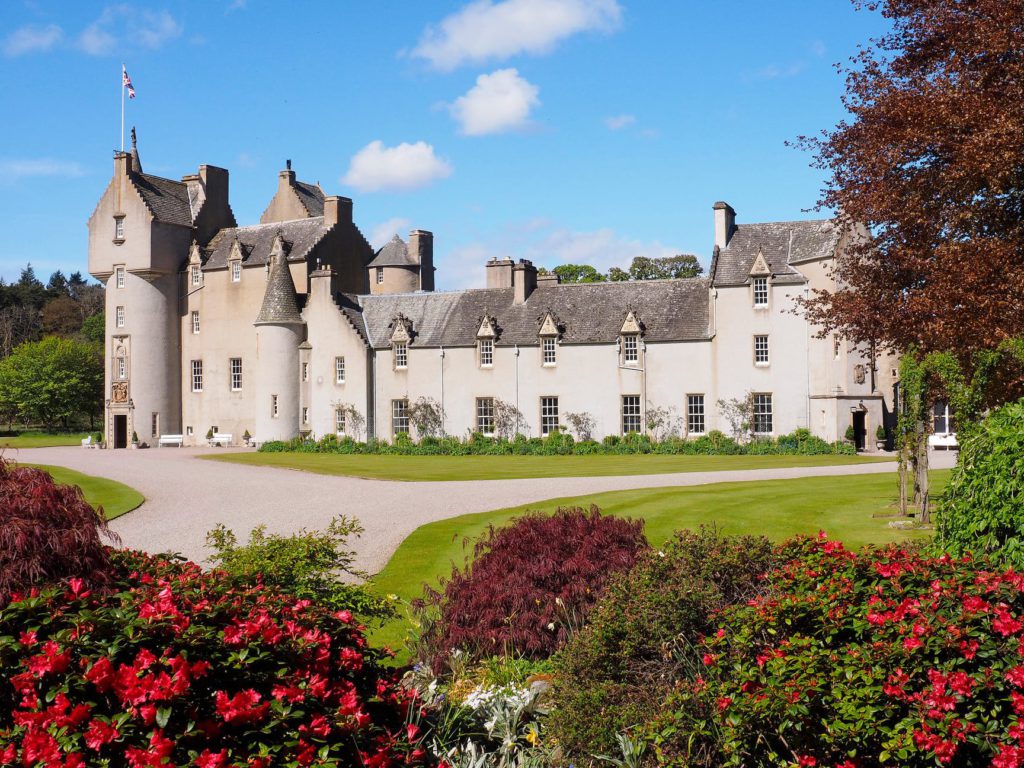
When to Visit:
May is Whisky Month in Scotland and The Spirit of Speyside Whisky Festival (28th April to 3rd May 2021) is perfect for foodies with live music, talks, tastings, tours, and more.
Booking Your Distillery Tour:
Speyside has over 50 distilleries, a third of which are open to visitors. A few are free (like Glenlivet) but most charge an entrance fee (Strathisla, Balvenie, etc). Some tours are short (15 minutes) and take place at regular intervals while more in-depth ones (for example Aberlour or Macallan, 2 hours) require prior booking. There are organized tours available and enough information on websites created by fans and distilleries should you want to plan your own tour. British tourism even has a dedicated website at www.maltwhiskytrail.com
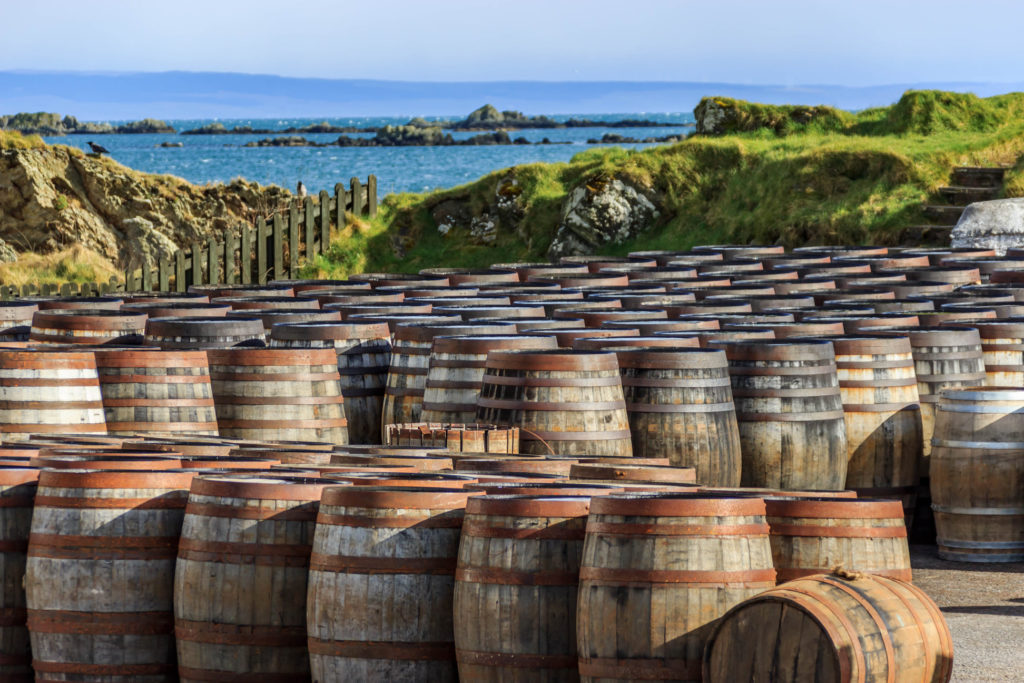
Editors Picks:
A Hobby, A Fish, And A ‘Brew Story’
Hollywood Lovers’ Restaurant Guide – The Famous Five
For food and beverage news, food journeys, healthy recipes, the restaurant features, food reviews, like us on Facebook or follow us on Instagram. Read more on TheFoodieNetwork.In
Also Checkout 10 Best Burger Joints In The World
Also Checkout The Articles Below:
- Whisky Or Whiskey?
- Let’s Get Ready to Rum-Ble in New South Wales
- Cullen Skink | Scotland
- 3 Whiskey Sour Cocktails In 3 Minutes
- 3 Whiskey Sour Cocktails In 3 Minutes
Sanjay has been navigating the stormy waters of the Indian media and entertainment industry for nearly 3 decades, and has worked with some of the leading Indian and international media brands in this time. His travels to various international destinations for work and leisure has led him to appreciate the connection between food and travel, and he likes to share his experiences through his articles on Travel and Food Network. He lives in Mumbai, but considers himself a global foodie-citizen.





